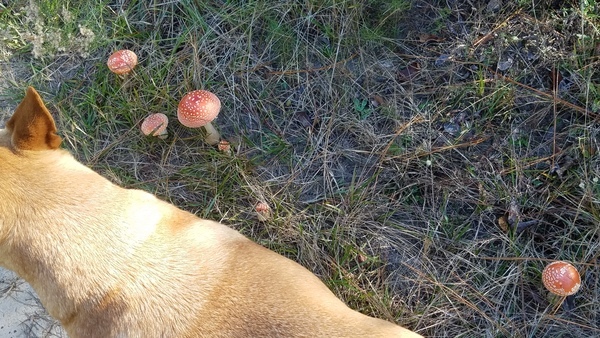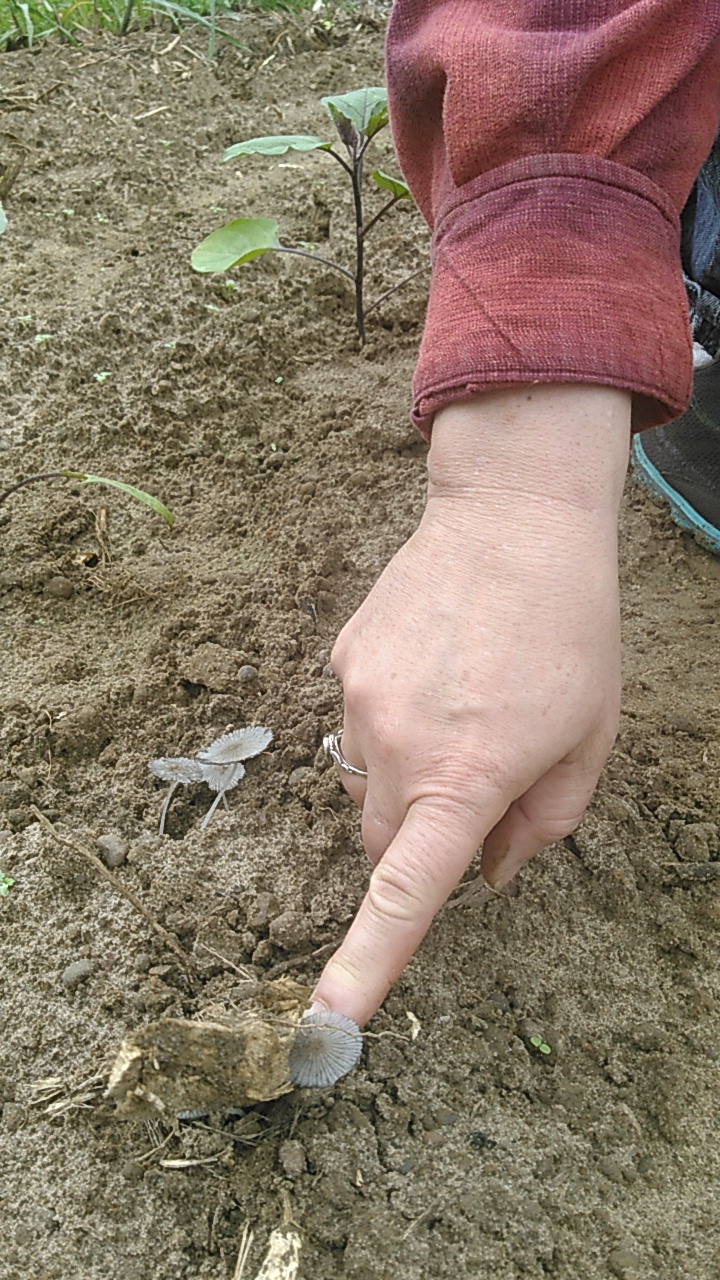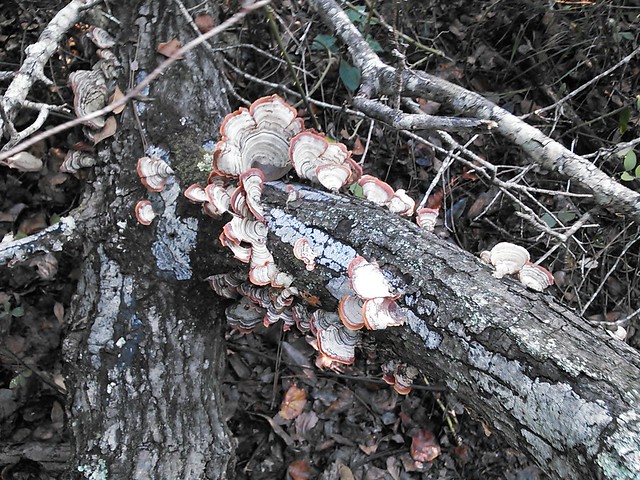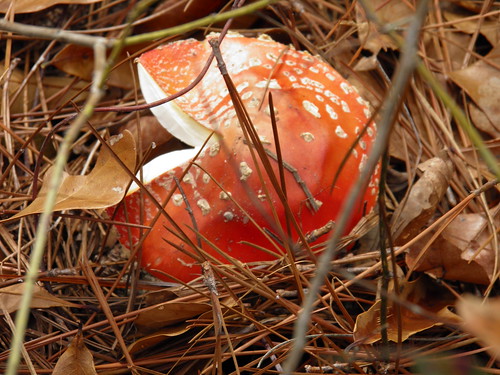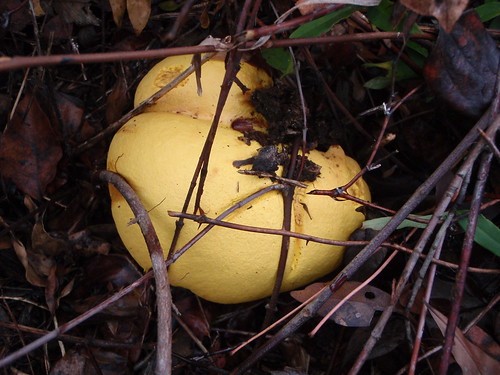So you’ve read
Janisse Ray’s Ecology of a Cracker Childhood
and you want to know more.
 Looking for Longleaf: The Fall and Rise of an American Forest,
by Lawrence S. Earley
Looking for Longleaf: The Fall and Rise of an American Forest,
by Lawrence S. Earley
The tallest and strongest of pine trees, longleaf made great sailing ship masts
,
tar for caulking ships, and of course saw timber.
How the early settlers cut down trees for houses and to clear land to farm.
Their hogs and cows running loose in the woods ate the young longleaf,
suppressing new trees for a hundred years.
Then professional forestry took over, trying to suppress the
fire that destroyed northern white pine forests, yet which
preserves southern longleaf pine forests.
The sad story of turpentine: we knew better, but we did it anyway.
The peculiar life cycle of a tree that starts out looking like
a clump of grass, and can stay that way for decades, yet promotes
and survives fire and can grow more than 100 feet tall and live for centuries.
The thousands of species of plants, animals, and fungi the forest protects,
many of them, like wiregrass, also adapted to fire.
How tuberculosis and quail led to new understandings of longleaf and fire,
and the people who discovered those things.
We do know how to grow these trees now, and lots of people are doing it:
for jobs, for sawtimber, for the beauty of the forest.
![[Mushrooms on a log]](http://www.okraparadisefarms.com/pictures/2023-05-11--mushroom-log/many.jpg)
![[Log, Fungus, Yellow Dog, Sycamore]](http://www.okraparadisefarms.com/pictures/2021-02-20--beaver-ponds-yellow-dog-gretchen-sycamore/many.jpg)
![[Gretchen and her log]](http://www.okraparadisefarms.com/pictures/2021-02-20--beaver-ponds-yellow-dog-gretchen-sycamore/20210220_123642.jpg)
![[Red maple and beaver creek]](http://www.okraparadisefarms.com/pictures/2021-02-20--beaver-ponds-yellow-dog-gretchen-sycamore/small/20210220_122623.jpg)
![[Gretchen and a beaver pond]](http://www.okraparadisefarms.com/pictures/2021-02-20--beaver-ponds-yellow-dog-gretchen-sycamore/20210220_124046.jpg)
![[Beaver pond]](http://www.okraparadisefarms.com/pictures/2021-02-20--beaver-ponds-yellow-dog-gretchen-sycamore/small/20210220_124028.jpg)
![[Wide beaver pond]](http://www.okraparadisefarms.com/pictures/2021-02-20--beaver-ponds-yellow-dog-gretchen-sycamore/small/20210220_124041.jpg)
![[Gretchen and the lion's mane]](http://www.okraparadisefarms.com/pictures/2021-02-20--beaver-ponds-yellow-dog-gretchen-sycamore/20210220_124740.jpg)
![[Sphagnum moss]](http://www.okraparadisefarms.com/pictures/2021-02-20--beaver-ponds-yellow-dog-gretchen-sycamore/small/20210220_125448.jpg)
![[Old stob; might be catface]](http://www.okraparadisefarms.com/pictures/2021-02-20--beaver-ponds-yellow-dog-gretchen-sycamore/small/20210220_125620.jpg)
![[Mushroom log]](http://www.okraparadisefarms.com/pictures/2021-02-20--beaver-ponds-yellow-dog-gretchen-sycamore/small/20210220_130103.jpg)
![[Mushrooms]](http://www.okraparadisefarms.com/pictures/2021-02-20--beaver-ponds-yellow-dog-gretchen-sycamore/small/20210220_130107.jpg)
![[Gretchen in the woods with vines]](http://www.okraparadisefarms.com/pictures/2021-02-20--beaver-ponds-yellow-dog-gretchen-sycamore/20210220_130206.jpg)
![[This way?]](http://www.okraparadisefarms.com/pictures/2021-02-20--beaver-ponds-yellow-dog-gretchen-sycamore/20210220_130440.jpg)
![[Nope.]](http://www.okraparadisefarms.com/pictures/2021-02-20--beaver-ponds-yellow-dog-gretchen-sycamore/small/20210220_130442.jpg)
![[That way.]](http://www.okraparadisefarms.com/pictures/2021-02-20--beaver-ponds-yellow-dog-gretchen-sycamore/small/20210220_130444.jpg)
![[Quite full]](http://www.okraparadisefarms.com/pictures/2021-02-20--beaver-ponds-yellow-dog-gretchen-sycamore/20210220_130532.jpg)
![[How about a boardwalk right through here?]](http://www.okraparadisefarms.com/pictures/2021-02-20--beaver-ponds-yellow-dog-gretchen-sycamore/small/20210220_130636.jpg)
![[Gretchen at the pond edge]](http://www.okraparadisefarms.com/pictures/2021-02-20--beaver-ponds-yellow-dog-gretchen-sycamore/small/20210220_131153.jpg)
![[Yellow Dog in the pond]](http://www.okraparadisefarms.com/pictures/2021-02-20--beaver-ponds-yellow-dog-gretchen-sycamore/20210220_131306.jpg)
![[Yes, that's me, Yellow Dog]](http://www.okraparadisefarms.com/pictures/2021-02-20--beaver-ponds-yellow-dog-gretchen-sycamore/small/20210220_131331.jpg)
![[Gretchen and her Sycamore]](http://www.okraparadisefarms.com/pictures/2021-02-20--beaver-ponds-yellow-dog-gretchen-sycamore/20210220_131614.jpg)
![[Tall tree]](http://www.okraparadisefarms.com/pictures/2021-02-20--beaver-ponds-yellow-dog-gretchen-sycamore/small/20210220_131620.jpg)
![[She likes that tree]](http://www.okraparadisefarms.com/pictures/2021-02-20--beaver-ponds-yellow-dog-gretchen-sycamore/small/20210220_131544.jpg)
![[Wide 'shrooms]](http://www.okraparadisefarms.com/pictures/2021-01-02--mushrooms/20210102_170741.jpg)
